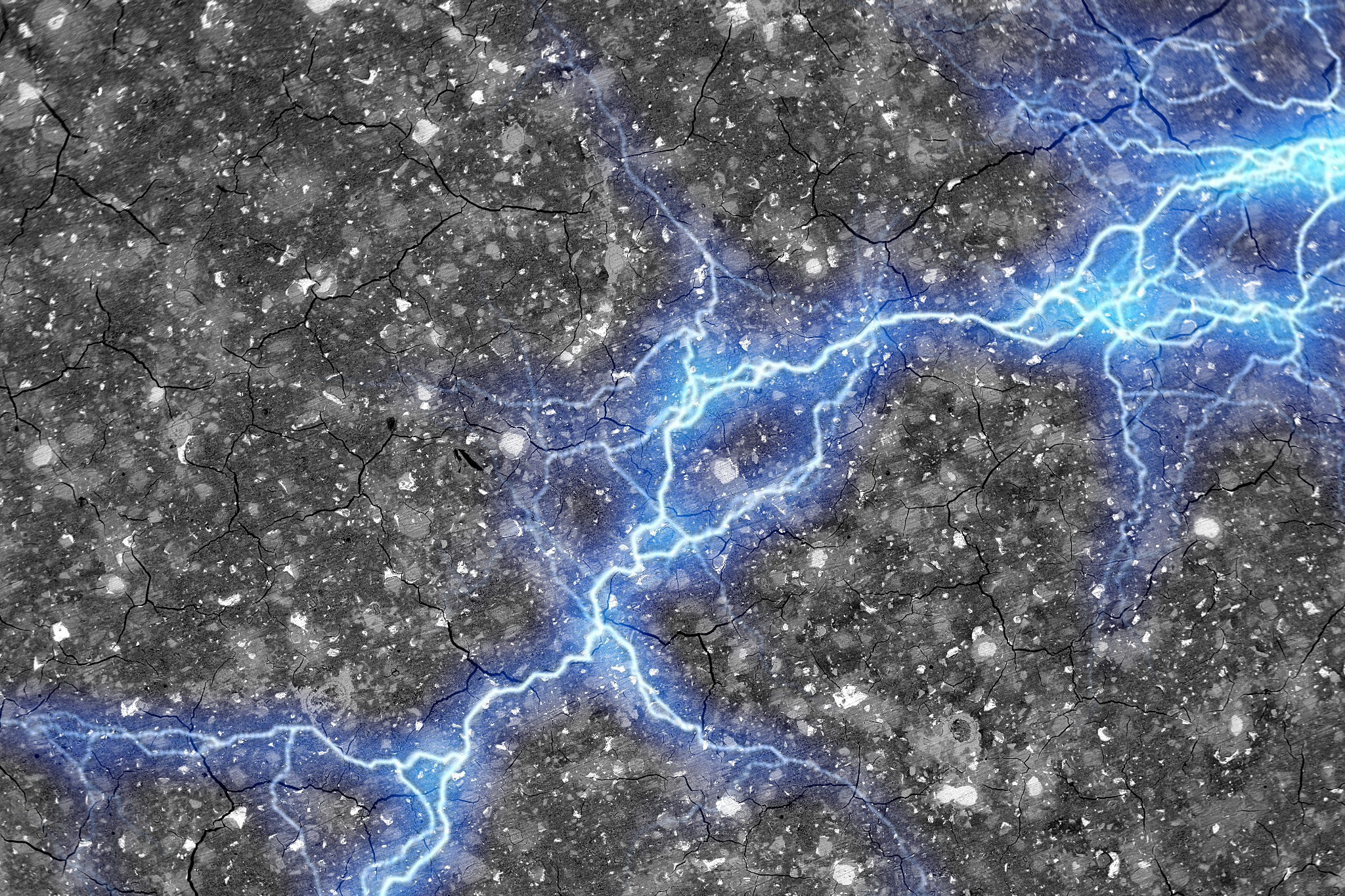A 2023 study at MIT made this discovery, which could be a boon for storing electricity.
The team calculated that a block of nanocarbon-black-doped concrete that is 45 cubic meters (or yards) in size — equivalent to a cube about 3.5 meters across — would have enough capacity to store about 10 kilowatt-hours of energy, which is considered the average daily electricity usage for a household.
3.5 cubic meters of material ought to be enough to make quite a comfy house
There is a tradeoff between the storage capacity of the material and its structural strength, they found. By adding more carbon black, the resulting supercapacitor can store more energy, but the concrete is slightly weaker, and this could be useful for applications where the concrete is not playing a structural role or where the full strength-potential of concrete is not required.
They talk about making roads with the material, but I suspect electrical posts (utility poles) could also be made of this, which would certainly last much longer than roads and be cheaper to maintain and fix



I think the goal is to use it for the concrete slabs that form the foundation of every building. So, no extra material added, but only applicable for new buildings. No extra rare earth mining needed either. I think it’s pretty cool, and we should know about that possibility.
A “green” house could have that in the foundation and a solar roof and be nearly self sufficient.
deleted by creator
A couple of guys doing cool stuff in a lab is how progress is made. If we stopped people like Tesla, Newton, and Faraday because “candles are readily available and whale oil is a natural resource” we wouldn’t have any of the tech we take for granted today.
This discovery is super cool, like imagine its applications in walkable cities where the entire pedestrian pathway is also storing energy from wind and solar
deleted by creator
They found a way to create a high surface area capacitor made largely from abundant resources. Even a proof of concept is a discovery. We may not see it in practice in our lifetimes because science and industry take time, but that doesn’t diminish the value at all.
Why is this a false equivalence? I’m not saying this is the next Faraday. I’m comparing contemporaries. You can’t know what technologies will make what kind of difference in the future, but there’s no harm in being excited about our interested in them and their possibilities. I think my comparisons are fair, especially if you consider the technology of each contemporary era. What about Turing? He created a mechanical computational machine and extrapolated the future possibility of machines that could mimic human communication. That is absolutely an edge case assumption given the technology of the time and yet here we are with LLMs running rampant.
Concrete has different spec ratios, spec a higher psi concrete, and allow the lower end strength.
Commonly done when you want to use accelerators or retardants already.
Edit
Edit 2, an even better one for making your own in a mixer, it’s not as exact as you think.
deleted by creator
You mean the carbon black that’s already used as a dye….?
And can already be accounted for with adjusting the spec mix…?
Come on buddy, you can’t just read a paper and pretend to be a professional on a topic. It’s not hard to adjust mixture strength for admixtures, it’s done every friggen day.
deleted by creator
People dye their foundations all the time, clearly you have no education or experience with the materials.
deleted by creator
You should probably stop trying to speak authoritatively on a subject you clearly know nothing about.